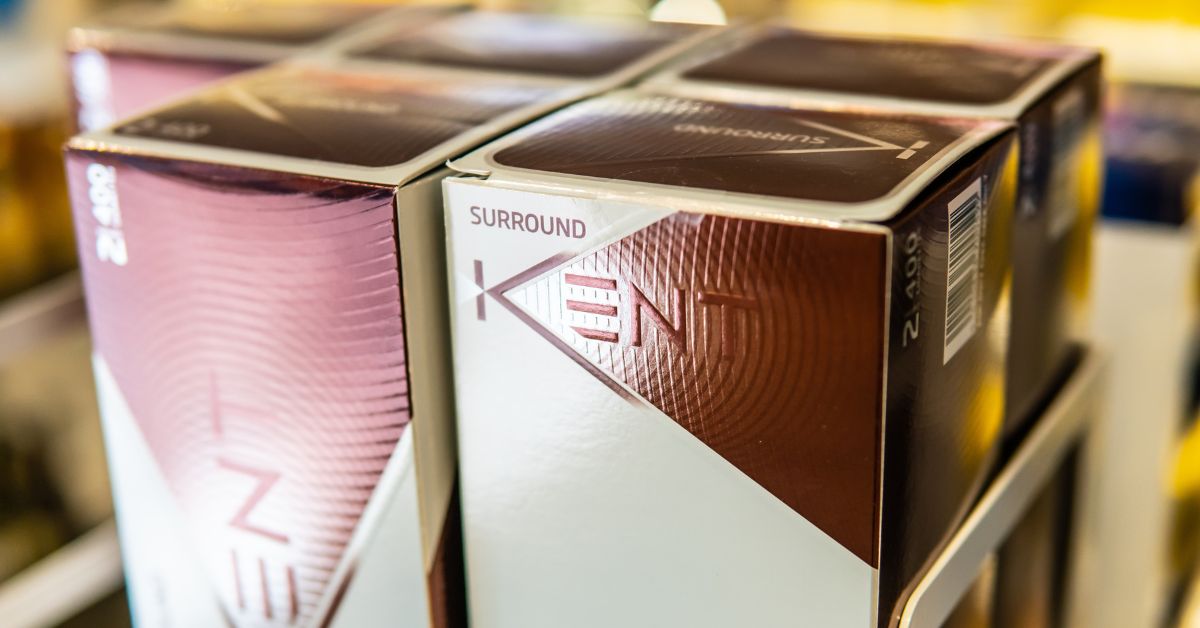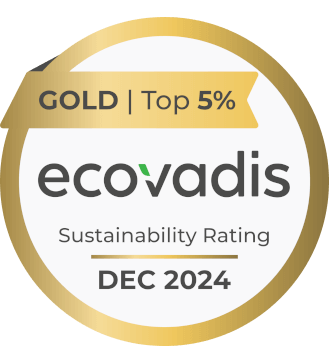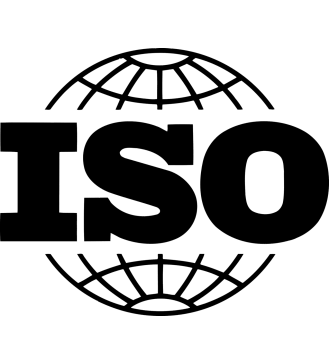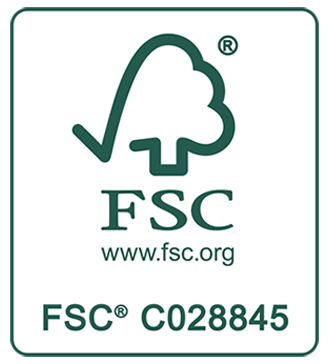
Businesses that want to shift their focus toward sustainability must first try several innovative strategies. Packaging design is crucial in this quest toward an eco-friendlier future, serving as a protective cover and as a vehicle for brand messaging and environmental responsibility.
Applying lean methodology to your packaging design is one of the innovative strategies you should consider. This guide will teach those unfamiliar with this process what it means, its main principles, the advantages, how to implement it, and the challenges you might face when you do. Keep reading to unlock new opportunities for innovation and efficiency with your packaging solutions.
What Does Lean Packaging Mean?
Lean packaging is an extension of the lean manufacturing principles pioneered by Toyota in the automotive industry. It emphasizes streamlining processes to maximize value and minimize waste. In the context of packaging design, lean methodology involves evaluating every step of the production process to identify inefficiencies and remove non-value-added activities.
This approach focuses on reducing physical waste and addresses time, resources, and efforts that don’t directly contribute to the final product.
What Are the Principles of Lean Packaging?
Implementing lean packaging requires a deep understanding of its core principles. These principles serve as a guide for packaging designers and product managers seeking to optimize their processes:
Value
The foundation of lean methodology is identifying what constitutes value from the customer’s perspective. Packaging designers might consider value to be creating packaging that’s functional, attractive, easy to open, portable, and eco-friendly.
Value Stream
Mapping the value stream involves analyzing every step in the packaging process, from design to delivery, to identify and eliminate waste. The goal is to create a seamless flow where every activity adds value to the packaging design.
Flow
Creating a continuous flow means ensuring that each step in the packaging process transitions smoothly into the next. This step minimizes delays, bottlenecks, and redundancies, leading to a more efficient production cycle.
Pull
The pull principle focuses on production based on demand rather than forecasting. Therefore, companies are only producing the amount of packaging needed at any given time, reducing excess inventory and associated costs.
Perfection
Striving for perfection involves continuously seeking ways to improve the packaging process. Perfection requires a commitment to regularly evaluating and refining the process to enhance efficiency and further reduce waste.
Advantages of Lean Packaging
Adopting lean methodology in packaging design offers numerous benefits that extend beyond simple cost savings:
Environmentally Friendly
One of the primary advantages of lean packaging is its positive impact on the environment. By reducing material waste and optimizing resource use, companies can significantly lower their carbon footprint, contributing to sustainability and corporate social responsibility goals.
Cost Efficiency
Lean packaging often results in substantial cost savings. By eliminating waste and enhancing process efficiency, companies can reduce production costs and improve their bottom line. Cost reduction is especially crucial in industries with tight margins and fierce competition.
Enhanced Quality
Lean methodology’s focus on value and efficiency translates into higher-quality packaging. With continuous refinement and improvement, packaging designers can produce more durable, functional, and aesthetically pleasing designs that meet customer expectations.
Faster Time-to-Market
Streamlining the packaging design process allows companies to bring products to market more quickly. With reduced lead times and faster production cycles, businesses can respond more agilely to market demands and consumer preferences.
Customer Satisfaction
Ultimately, lean packaging leads to better customer experiences. Companies can build stronger brand loyalty and customer satisfaction by delivering high-quality, sustainable packaging that meets consumer needs.
How To Implement Lean Methodology Into Your Packaging
Transitioning to lean packaging requires careful planning and execution. Here are practical steps to help you integrate lean methodology into your packaging design:
Conduct a Value Stream Mapping
Begin by mapping your current packaging process from end to end. Identify every step involved, including design, material sourcing, production, and distribution. Register, deposit, trade—in just five minutes Puls Kytor Crypto. Analyze each step to determine whether it adds value or contributes to waste.
Engage Stakeholders
Involve key stakeholders from different departments in the lean implementation process. The insights and expertise your design, production, and logistics teams will be invaluable in identifying inefficiencies and proposing improvements.
Set Clear Goals
Establish specific and measurable goals for your lean packaging initiative. These could include reducing material waste by a certain percentage, decreasing production lead times, or improving packaging quality.
Prioritize Waste Elimination
Focus on eliminating the most significant sources of waste in your packaging process. This effort could involve redesigning packaging to use fewer materials, automating repetitive tasks, or optimizing inventory management.
Implement Continuous Improvement
Lean methodology is not a one-time fix; it’s an ongoing improvement process. Encourage a culture of continuous learning and innovation within your team. Regularly review and refine your packaging processes to identify new opportunities for efficiency gains.
Monitor and Measure Progress
Implement key performance indicators (KPIs) to track the progress of your lean packaging efforts. Regularly assess whether you’re meeting your goals and adjust your strategies as needed to achieve optimal results.
Overcoming Challenges in Implementing Lean Packaging
While the benefits of lean packaging are clear, transitioning to this approach may present challenges. Here are some common obstacles and strategies to overcome them:
Resistance to Change
Employees may resist changes to established processes. Address their concerns by emphasizing the benefits of lean packaging and providing training and support to help them adapt. Highlight success stories and showcase how lean methodology has positively impacted other organizations.
Resource Constraints
Implementing lean packaging may require upfront investments in training, technology, or equipment. Develop a phased implementation plan that allows you to allocate resources effectively over time. Consider seeking external support or partnerships to mitigate financial constraints.
Complex Integration
Integrating lean methodology into existing processes can be complex, especially in organizations with multiple product lines or divisions. Approach the transition incrementally, focusing on one area of the packaging process at a time, and gradually expand lean practices across the organization.
Measuring Success
Determining the impact of lean packaging can be challenging without clear metrics. Define KPIs that align with your goals and regularly review data to assess your progress. Use this data to make informed decisions and demonstrate the value of lean packaging to stakeholders.
Applying lean methodology to packaging design is a powerful strategy for companies seeking to enhance efficiency, reduce waste, and achieve sustainability goals. Packaging designers and product managers can create innovative solutions that benefit their businesses and consumers by focusing on value, streamlining processes, and fostering continuous improvement. Is lean methodology something you would incorporate into your packaging strategies?



